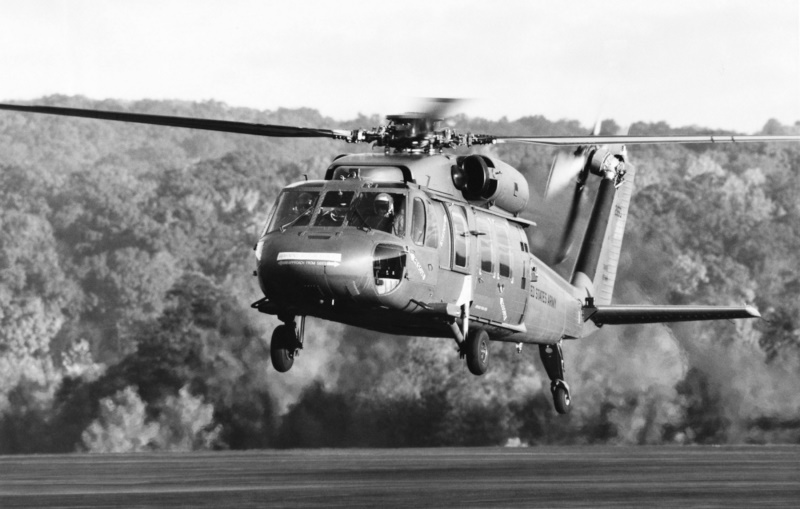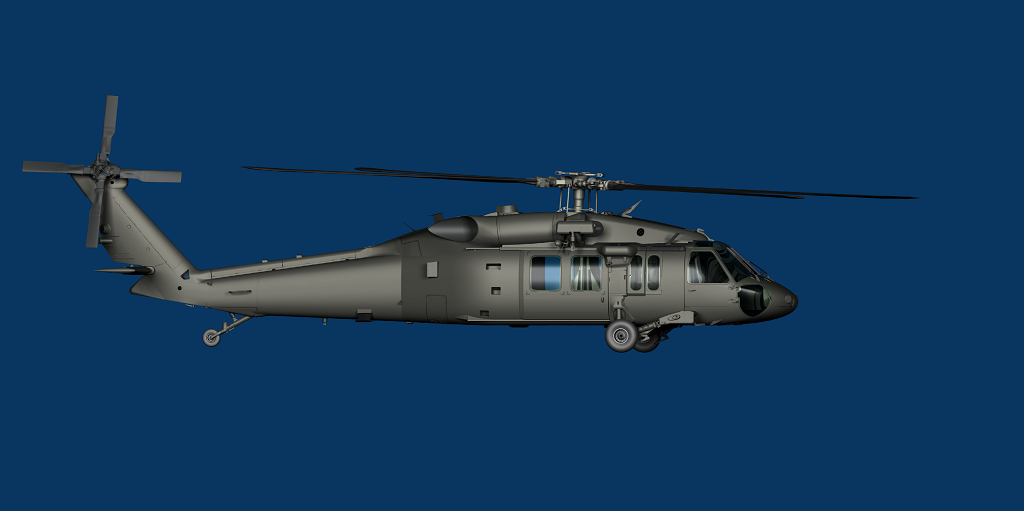Sikorsky S 70: Reinventing Tactical Procedures with Cutting-Edge Modern Technology
Sikorsky S 70: Reinventing Tactical Procedures with Cutting-Edge Modern Technology
Blog Article
High-Performance Multi-Role Rotorcraft Featuring Advanced Cabin Technologies and Integrated Sensor Equipments
The realm of rotorcraft technology has actually seen remarkable advancements in recent times, specifically in the world of high-performance multi-role rotorcraft outfitted with cutting-edge cabin technologies and perfectly integrated sensor systems. In the adhering to conversation, we will certainly check out the evolution of rotorcraft modern technology, dive right into the world of innovative cabin technologies, and examine the effects of integrated sensing unit systems on the operational convenience and effectiveness of contemporary rotorcraft.
Evolution of Rotorcraft Modern Technology
The development of rotorcraft technology has actually been marked by substantial developments in aerodynamics, materials, and propulsion systems, forming the capacities and efficiency of modern rotorcraft. Aerodynamic renovations have improved the efficiency and ability to move of rotorcraft, permitting raised speed, agility, and security during flight (sikorsky s 70). Developments in materials, such as using composite products and progressed alloys, have actually led to lighter yet stronger rotorcraft structures, boosting overall performance and longevity. Furthermore, innovations in propulsion systems, including much more powerful engines and cutting-edge propulsion modern technologies, have made it possible for rotorcraft to achieve higher elevations, faster speeds, and higher hauls.
These innovations have not only transformed the capabilities of rotorcraft however have actually also broadened their applications throughout various sectors, including military, commercial, and emergency solutions. The continual evolution of rotorcraft innovation proceeds to drive development in the area, pushing the boundaries of what is possible and shaping the future of upright flight.
Advanced Cabin Innovations
Structure upon the fundamental improvements in the rules of aerodynamics, products, and propulsion systems, the world of rotorcraft technology now moves focus in the direction of introducing Advanced Cabin Innovations. The combination of advanced innovations within the cockpit environment plays a crucial function in boosting the functional capacities, safety, and effectiveness of modern rotorcraft. sikorsky s 70. Advanced Cabin Innovations encompass a vast variety of features made to give pilots with boosted situational awareness, structured data management, and user-friendly control interfaces
Among the crucial advancements in cabin design is the implementation of glass cabins, which replace conventional analog evaluates with high-resolution displays. These digital systems use adjustable layouts, real-time data combination, and enhanced readability, enabling pilots to access essential info at a glance. Progressed avionics systems, such as fly-by-wire controls and augmented truth display screens, are revolutionizing exactly how pilots engage with the aircraft, allowing for precise control and boosted decision-making capacities.


Incorporating innovative cockpit technologies not just enhances pilot performance yet likewise adds to general goal effectiveness and safety and security in intricate functional atmospheres. By leveraging state-of-the-art innovations within the cabin, rotorcraft makers are setting new criteria for functional excellence and objective success.
Integrated Sensing Unit Equipments
With the evolution of rotorcraft modern technology, the integration of advanced Integrated Sensor Equipment has actually become critical in boosting operational efficiency and safety. These Integrated Sensor Solutions incorporate a vast selection of innovations that supply essential data for various functions such as navigation, monitoring, targeting, and environmental tracking. By effortlessly incorporating sensing units like radars, electronic cameras, lidar, and infrared systems into rotorcraft, drivers can gain from boosted situational awareness, enhanced goal capacities, and reduced pilot workload.
One trick benefit of Integrated Sensor Equipments is their ability to collect real-time information and give workable understandings to pilots and objective drivers. For instance, progressed radar systems can identify and track targets over fars away, permitting early risk detection and effective feedback planning. Furthermore, incorporating electro-optical and infrared video cameras enables rotorcraft to conduct reconnaissance and why not try here surveillance goals with precision and accuracy.
In essence, the assimilation of sophisticated sensing unit innovations right into rotorcraft not only boosts functional effectiveness yet likewise contributes significantly to general mission success and staff security. As rotorcraft continue to progress, the function of Integrated Sensor Equipment will definitely stay at the leading edge of innovation in the aerospace market.
Functional Convenience and Effectiveness
Enhancing functional flexibility and efficiency in rotorcraft is an all-natural progression from the combination of innovative Integrated Sensor Systems. By leveraging the insights and information provided by these advanced sensing unit systems, rotorcraft can optimize their efficiency throughout various missions and settings.
Operational flexibility includes the capacity of rotorcraft to adapt to various functions and scenarios successfully. With innovative cabin technologies and incorporated sensing unit systems, rotorcraft can seamlessly transition between jobs such as search and rescue, clinical emptying, surveillance, and a lot more. This convenience enhances the rotorcraft's capability to satisfy varied functional needs without requiring comprehensive reconfiguration.
Performance in rotorcraft operations is critical for taking full advantage of goal performance and source usage. Integrated sensor systems play a crucial duty in boosting functional effectiveness by offering real-time data on weather condition conditions, surface mapping, target monitoring, and extra. This information allows pilots to make informed decisions promptly, enhance flight paths, conserve gas, and improve total mission performance.
Influence on Modern Air Travel Operations

In addition, the integration of sophisticated sensors assists in improved objective planning and implementation, allowing rotorcraft to execute a large range of jobs with enhanced accuracy. From search and rescue operations to airborne firefighting and regulation enforcement missions, the capacities of contemporary rotorcraft furnished with innovative cockpit innovations and integrated sensing unit systems are unparalleled.
Additionally, the effect of these innovations expands past operational efficiency to cost-effectiveness and sustainability. By enhancing trip routes, fuel usage, and maintenance schedules, high-performance rotorcraft geared up with sophisticated cockpit modern technologies and sensing units add to reducing functional costs and ecological impact, making them essential properties in modern air travel procedures.
Conclusion
In verdict, the high-performance multi-role rotorcraft with advanced cockpit technologies and incorporated sensor systems stands for a substantial advancement in air travel modern technology. These innovations boost functional adaptability and performance, inevitably affecting modern aeronautics procedures in a favorable way. The integration of these innovative modern technologies permits enhanced capabilities and efficiency in numerous objective scenarios, showcasing the proceeded improvement of rotorcraft innovation in the aviation sector.
The world of rotorcraft innovation has actually seen remarkable improvements in recent times, particularly in the realm of high-performance multi-role rotorcraft equipped with sophisticated cockpit modern technologies and seamlessly incorporated sensor systems. From enhanced objective flexibility to improved functional efficiency, the merging of innovative cockpit modern technologies and integrated sensor systems has ushered in a new period of possibilities for rotorcraft applications. In the following conversation, we will certainly explore the evolution of rotorcraft technology, dig right into the world of sophisticated cockpit advancements, and examine the ramifications of integrated sensing unit systems important link on the functional adaptability and performance of contemporary rotorcraft.

Report this page